Food safety and food poisoning
What is food poisoning? It is an acute illness, usually sudden, that is caused by eating contaminated or toxic food. Symptoms of food poisoning are:
1. Nausea – feeling nauseous as if you are about to get sick
2. Sickness – vomiting
3. Bowl pains – prickling pains in the stomach area
4. Diarrhea
5. Fever
The main causes of food poisoning are:
1. Bacteria – the most common
2. Viruses – which are smaller than bacteria, are usually found in water
3. Chemicals – pesticides and herbicides
4. Metals – lead pipes, copper troughs
5. Poisonous plants – toadstools, red beans (undercooked)
bacteria It is the most common form of food poisoning so it is important to know more about it. Bacteria are tiny insects that live in the air, in the water, in the soil, on and in humans, in food. Some bacteria cause disease. They are called pathogenic bacteria. Some bacteria cause food to rot and decay, called spoilage bacteria. There are four things that bacteria need to grow. here they are:
warmth. They like a body temperature of 73 degrees but can grow happily at 15 degrees. They grow most easily between 5 and 63°C. This is known as the danger zone
time. Each bacterium grows by dividing into two halves. This takes time, on average every 20 minutes. This is known as binary fission. Imagine that one bacteria splitting in half every ten minutes can become over a million in 3 and a half hours.
food. They like high-protein foods like poultry, cooked meats, dairy products, shellfish, cooked rice, stews, and gravies.
moisture. They need water and most foods contain enough water or moisture to allow bacteria to grow.
Some bacteria can form a hard protective shell around themselves, this is called SPORE. This happens when it gets hard, when it gets too hot or too dry. It is therefore able to withstand extremely hot or cold temperatures and can be present in dried foods. Once the right conditions (5 – 63°C) return, the spores emerge from their protective shell and transform into botulism bacteria that grow again.
Bacteria and food poisoning
We’ve established that the presence of bacteria is one of the most common causes of food poisoning – the presence of toxic chemicals can cause food poisoning, too. There are a number of toxic chemicals found in food. For example, potatoes that have turned green contain the toxin, solanine, which is only dangerous when eaten in excess.
Rhubarb contains oxalic acid – the amounts found in the naturally cooked stalks are relatively harmless to humans, but the high concentration in the leaves makes it extremely dangerous to eat.
A toxin is a toxic substance that may be produced by the metabolism of a plant or animal, especially certain bacteria. Toxic botulism is mainly caused by Staphylococcus in the UK and rarely in this country, Clostridium Botulinum.
The most common foods affected by staph are:
• pasties
• Steaks
• Pancakes with gravy
• Synthetic cream
Ice cream
50-60% of people carry staph in their nose and throat and are found in nasal secretions after a cold. Staphylococcus aureus is also found in skin cuts and infections and finds its way into foods through the hands of an infected food processor. Hence the importance of preserving all wounds and skin diseases. Although staphylococci are easily destroyed by thorough cooking or reheating, the toxin they produce is often more resistant to heat and may need a higher temperature or longer cooking time to fully destroy them.
Food poisoning from C. botulinum – better known as botulism – is very serious. This results in a life-threatening toxin that is the deadliest known. The most common foods affected by C. botulinum are:
• Insufficiently processed canned meat, vegetables and fish.
During the commercial canning process, every care is taken to ensure that every portion of the food is heated to a temperature high enough to ensure the complete destruction of any Clostridium botulinum spores that may be present.
Nails and molds – microscopic organisms some of which are desirable in food and contribute to its properties. For example, cheese ripening, bread fermentation, etc. They are simple plants that appear like bristles on food. For growth they need warmth, moisture and air. They kill with heat and sunlight. Molds can grow where there is little moisture for yeasts and bacteria to grow. Yeasts are single-celled plants or organisms larger than bacteria, that grow on foods that contain moisture and sugar. Foods with a small amount of sugar and a large amount of liquid such as fruit juices and syrups are susceptible to fermentation due to yeast. Yeast is destroyed by heat.
Virus – microscopic particles transmitted through food that may cause disease. For example, hepatitis A (jaundice). Unlike bacteria, viruses cannot multiply or grow in food.
Protozoa – single-celled organisms that live in water and are responsible for serious diseases such as malaria, usually spread by infected mosquitoes, and dysentery. This foodborne infection is mostly caught outside.
ESCHERICHIA COLI – E Coli is a normal part of the intestines of humans and animals. It is found in human excrement and raw meat. E coli causes abdominal pain, fever, diarrhea, and vomiting. High standards of hygiene must be applied through the cooking of foods. Raw and cooked meat should be stored at an appropriate temperature and cross contamination should be avoided.
Salmonella – found in the intestines of animals and humans. Affected foods include poultry, meat, eggs, and shellfish. Prevention should include:
• Good personal hygiene standards
• Elimination of insects and rodents.
• Wash hands, equipment and surfaces after handling raw poultry
• Do not allow carriers of the disease to deal with food.
Anti bacteria
There are three ways to control bacteria:
1. Protect food from bacteria in the air by keeping foods covered. To prevent cross-contamination, use separate plates and cutlery for cooked and uncooked foods. Use different colored plates for specific foods. For example, red for meat, blue for fish, yellow for poultry etc. Store cooked and uncooked foods separately. Wash your hands frequently.
2. Do not keep foods in the danger zone between 5 and 63°C for longer than absolutely necessary.
3. To kill bacteria, expose bacteria to a temperature of 77°C for 30 seconds or a higher temperature for a shorter time. Some bacteria develop into spores and can tolerate higher temperatures for longer periods of time. Some chemicals kill bacteria and can be used to clean equipment and utensils.
The main food hygiene regulations of importance to the caterer are: Food Safety (General Food Hygiene) Regulations 1995 and Food Safety (Temperature Control) Regulations 1995. These regulations have implemented the European Commission Food Hygiene Directives (93/43 EEC). It has superseded a number of different regulations including the (General) Food Safety Regulations 1970. The 1995 Regulations are similar in many respects to the earlier regulations. However, as with health and safety legislation, these regulations place a heavy emphasis on owners and managers to identify safety hazards, design and implement appropriate systems to prevent contamination, and these systems and procedures cover Hazard Analysis Critical Control Points (HACCP) and/or guaranteed safe food delivery. The regulations place two general requirements on food business owners:
• Ensure that all food handling operations are carried out in a hygienic manner and in accordance with the “Rules of Hygiene”.
• To identify and control all potential food safety hazards, using either HACCP or HACCP systems approaches.
• In addition, there is an obligation on any food handler who may suffer or carry a disease that can be transmitted through food to report this to the business owner, who may be obligated to prevent the person concerned from handling the food. Catering establishments are generally obligated to supervise, direct and provide training in food safety and hygiene commensurate with the responsibilities of their employees. Details regarding the amount of training required, however, are not specified in the regulations. However, the HMSO Industry Guide to Catering provides guidance on training which can be considered a general standard for compliance with the legislation.
Prevention of food poisoning
Almost all cases of food poisoning can be prevented by:
• Adhere to hygiene rules
Care and thought
• Ensure that high standards of cleanliness are applied to premises and equipment
• Accident prevention
• High standards of personal hygiene
• Fitness
• Maintain good working conditions
• Maintaining equipment in good and clean condition
• Use separate equipment and cutlery for cooked and uncooked foods
• Providing a large number of cleaning facilities and equipment
• Store foods at the appropriate temperature
• Safe reheating of foods
• Rapid cooling of foods before storage
• Protect foods from bugs and insects.
• hygienic washing procedures;
• Know how food poisoning occurs
• Carry out food poisoning prevention measures.
This was just a brief overview of food safety. If you work in the catering business or plan to become a chef or chef, it is imperative that you learn all there is to know about the subject. The following links should help fill in the gaps.
Basically, you need to know the dietary regulations of your country. It is not feasible to follow UK food safety regulations if you live or work in Australia, Spain or New Zealand.
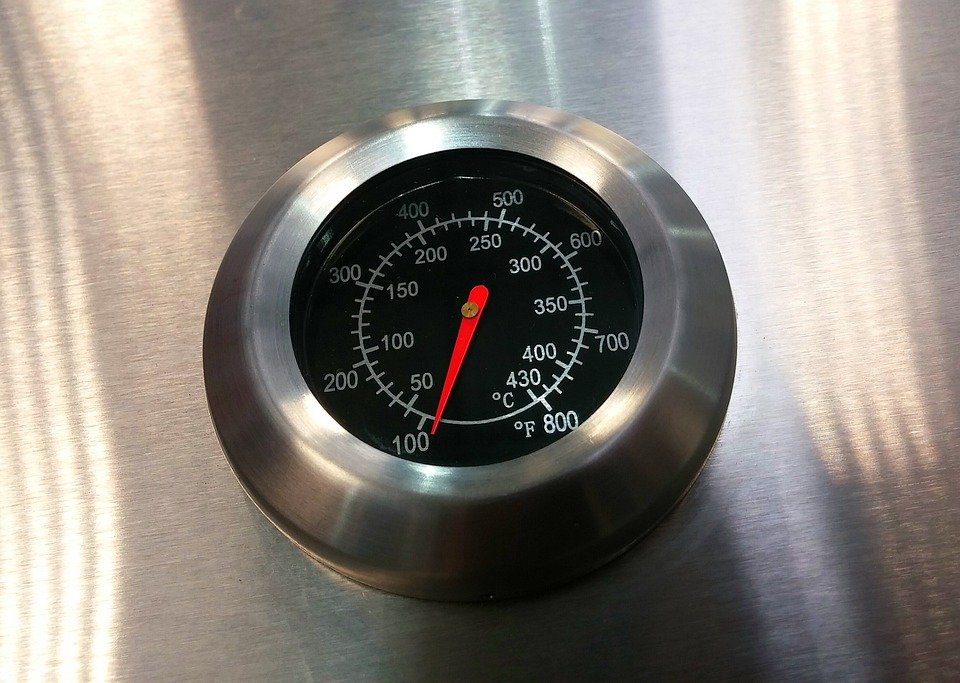
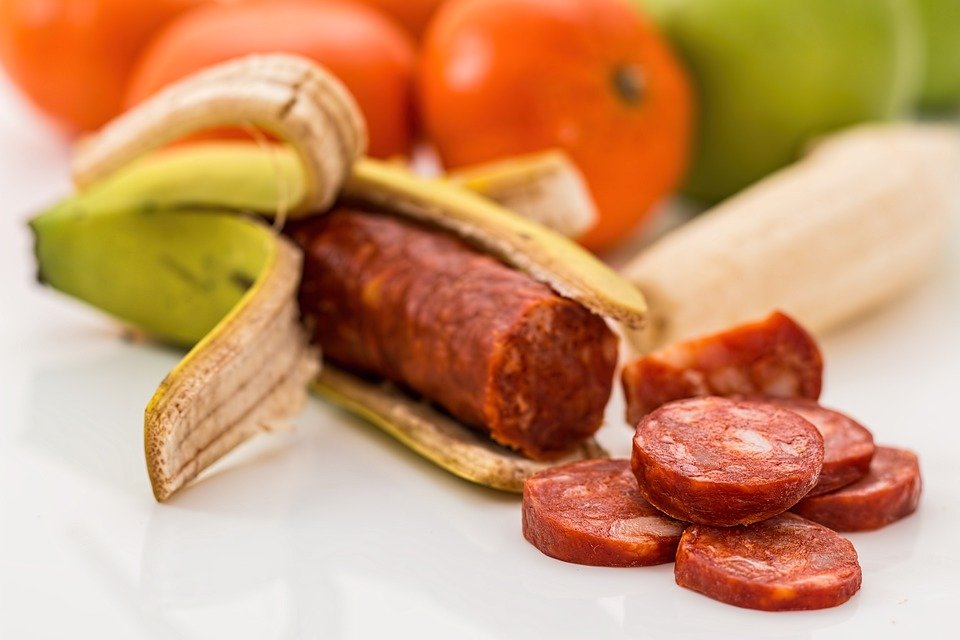

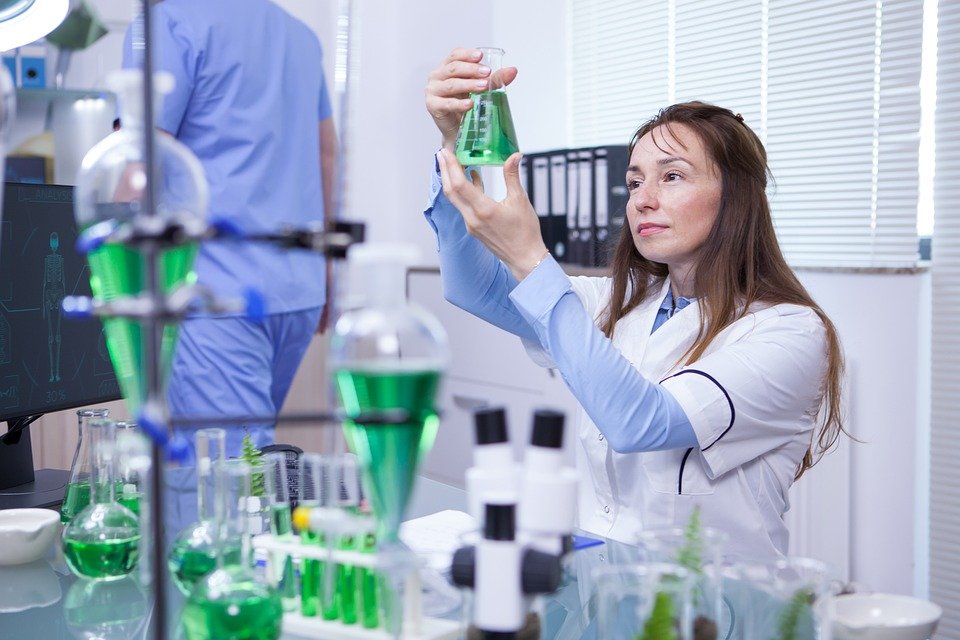

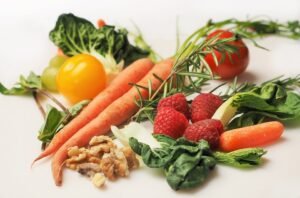


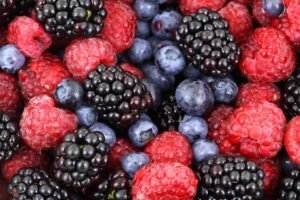
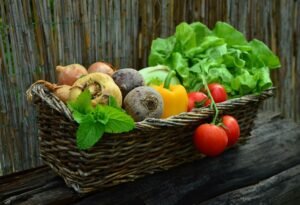
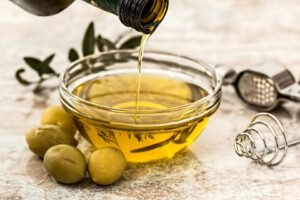



Post Comment